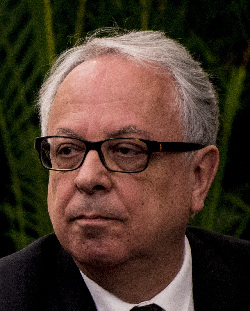
Chen Xiaochun
654789759@qq.com
Carlos Brandao, president of Museu de Arte Contemporanea da Universidade de Sao Paulo, stressed that nowadays there are several museums that do not collect treasures but simple quotidian objects.
“This is also very important because we want to have objects that will represent us in the future. And that is how our generation will be seen by our future generations. Mobile phones, for instance, represent us today. So future generations will learn how we live today by seeing the objects we use.”
Brandao said that treasure is only a part of the collections for museums.
“We collect everything that we can. Personally, I work for the museum of contemporary art so we are also interested in what humanity is producing right now.”
Responding to the question that museums do not exhibit all their collections to visitors, Brandao explained that the objective of a museum is not only to show but also to preserve and to research.
He justified his view by citing the example of a natural history museum, which collects thousands of millions of specimens.
“Of course they cannot show them all because there is no space. But it’s important for museums to have these specimens for comparison methods and research as well as to share the knowledge with the communities so they can better understand our environment and to learn how to act today to preserve for the future.”
At the end of the press conference, Brandao emphasized that currently, there are about 4,500 museums in China, 30,000 museums in the United States and 4,000 museums in Brazil. “The whole museum community around the world is the keeper of knowledge. Museums collect objects that represent not only humanity or earth, but the whole universe.”
Editor: Jane Chen